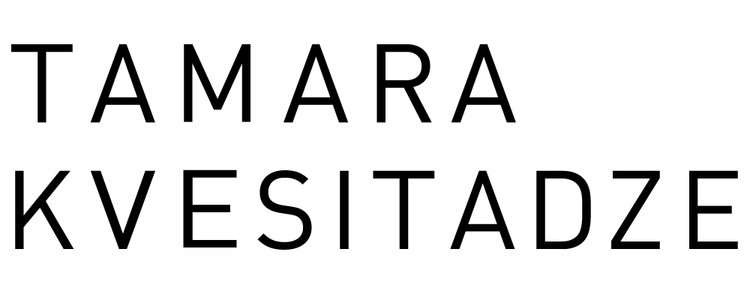Tamara Kvesitadze
Tamara Kvesitadze’s work is a study in contrast and tension. Between the human form and the world in which it exists. Between movement and stillness. Between cold, unfeeling stone and the warm flesh of the body. And the body itself—that is always at the centre.
Kvesitadze’s native Republic of Georgia sets the stage for this juxtaposition; a crossroads between East and West, where two civilisations meet, combine and clash. A Georgian saying reminds us, “Unless you die, you cannot be reborn.” And so does the artist’s work remind us that the body (like political or geographic statehood) is ambiguous, always in flux, a constantly moving and transformative entity. Her often kinetic sculptures are dynamic and deliberately unfinished. They border on the grotesque, reference classical masters, and allude to playful games between the subconscious and conscious worlds—another crossroads we all traverse.
On the whole, Kvesitadze’s art refuses to be categorised into any specific medium, or pinned down to any specific genre. Rather, the artist engages in what Gilles Deleuze in What is Philosophy would call a “non-philosophical understanding of philosophical matters”. In other words, artistic thought concerned with confronting the intrinsic violence that arises from rejecting logic or identity. Kvesitadze’s play against logic revolves around denying us access to homogenisation, instrumentalization, territorialism, or any other condensing anthropological condition. Instead she embraces a focus on the ever-shifting processes that rule the powers and desires of humankind.
It's Team Work!
Left: Paata Sanaia, the mechanic, & Right: Tamara Kvesitadze, the artist.




